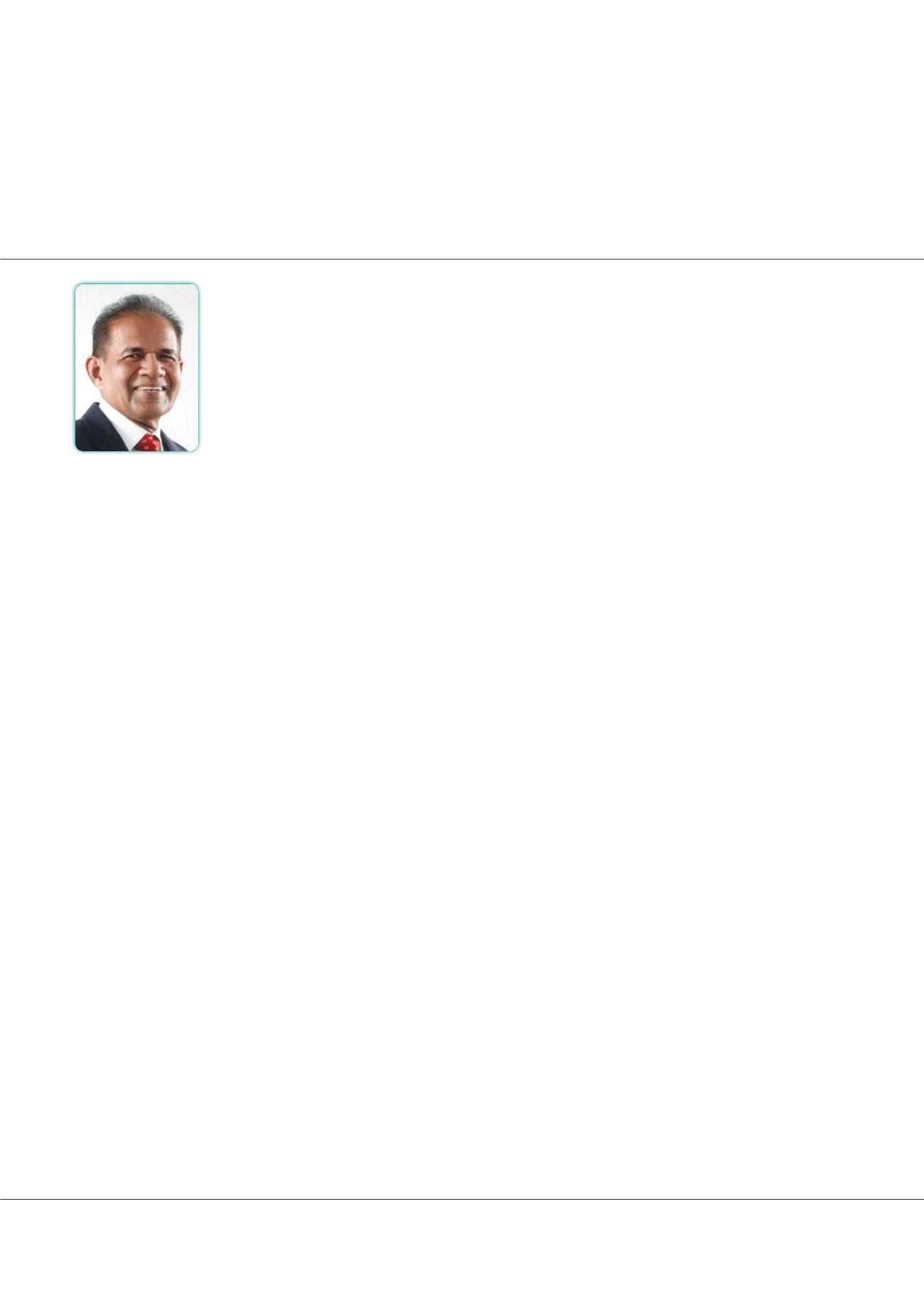

Volume 5, Issue 2 (Suppl)
J Fisheries Livest Prod
ISSN: 2332-2608 JFLP, an open access journal
Aquaculture Summit 2017
May 25-26, 2017
Page 37
Notes:
conference
series
.com
May 25-26, 2017 Osaka, Japan
6
th
Global Summit on
Aquaculture and Fisheries 2017
Maintaining the balance between aquatic ecosystems and fishing activities
A
degradation of ecosystems is a significant direct effect of both fishing and aquaculture activities. The aquatic environment
provides humanity with a large number of services ranging from food security and climate regulation to nutrient cycling
and storm protection. Ecological services are classified into physical structure services, biotic services, biogeochemical
services, information services, and social/cultural services. For the past few decades, these services have supported lives and
livelihoods in many sectors but overfishing, pollution, habitat destruction, ocean warming, destructive aquaculture practices
and acidification have threatened ecosystem services. Even the recent trends of using many marine and freshwater habitats
of Sri Lanka for various goods and services has created many challenges similar to other parts of the world. The fundamental
challenge is to identify options and opportunities to integrate the production of commodities together with the preservation
of ecological values. Presently users compete for sharing the benefits derived from the aquatic ecosystems with little or no
incentive to protect or improve those goods and services for future generations. As a result, aquatic ecosystems are facing
increased risks towards enhancing their prospects of future wealth, livelihoods, and food security. It is, therefore, important to
reflect at this juncture how we can maintain the balance between aquatic ecosystems and so called fishing activities. At present
we have technology and information integrating the world more than any other time in history, and this has paved way to solve
many problems. The current understanding of the relationships between ecological services and functional groups of species,
and biological communities of aquatic ecosystems vary in different regions of the world. Nevertheless, the consequences of
human impacts on aquatic habitats are also discussed, including loss of resilience, or buffer capacity. Such loss may impair
the capacity to successfully recover aquatic ecosystems, and as a consequence the quality and quantity of their delivery of
ecological goods and services have diminished. We need to improve the stewardship of aquatic habitats. Increasing public
awareness can easily change the global scale consumer behaviors and choices. These challenges need to be addressed by global,
public-private partnerships aiming at maintaining a sustainable balance among aquatic ecosystems, fishing, aquaculture and
human wellbeing.
Biography
W M T B Wanninayake (Senior Marine Biologist) formerly served as Professor of Fisheries and Aquaculture, Wayamba University of Sri Lanka and Chairman, Ocean
University of Sri Lanka. He is a former Senior Researcher of the National Aquatic Resources Research and Development Agency (NARA), Colombo. He earned his BSc in
Zoology and MPhil in Aquaculture (Crustacean Research) from the University of Kalaniya, Sri Lanka and PhD in Bivalve Research from the University of Liverpool, United
Kingdom. He contributed immensely in developing the prawn farming industry and hatchery sector in Sri Lanka. He has been recognized for introducing oysters, mussels,
clams and cockles farming in Sri Lanka and is also a pioneer in introducing pearl culture in freshwater reservoirs. He is a Founder Member of the Asian Fisheries Forum
(AFS) and Sri Lanka Association for Fisheries and Aquatic Resources (SLAFAR). He has wide experience and a profound understanding of aquaculture and aquatic envi-
ronment in many European and Asian countries. Currently, he serves in advisory capacity to few ministries related to his work in Sri Lanka.
wanninayake@hotmail.comW.M.T.B.Wanninayake
Wayamba University of Sri Lanka, Sri Lanka
W.M.T.B.Wanninayake, J Fisheries Livest Prod 2017, 5:2 (Suppl)
http://dx.doi.org/10.4172/2332-2608-C1-007













